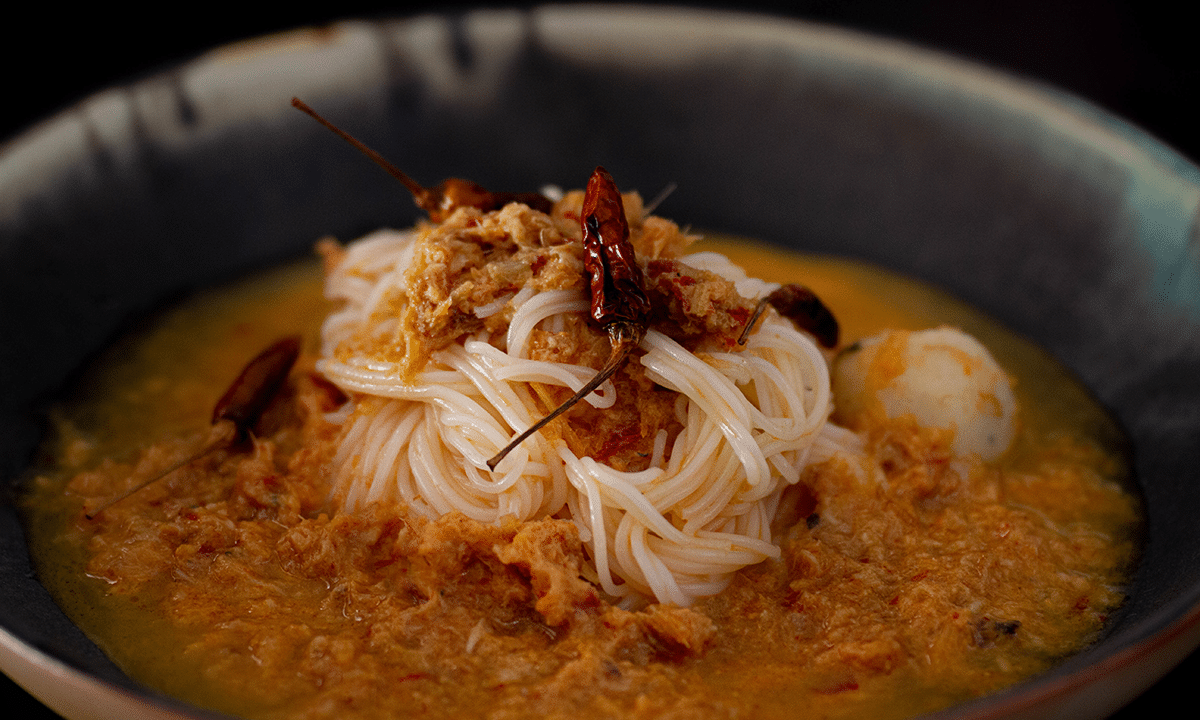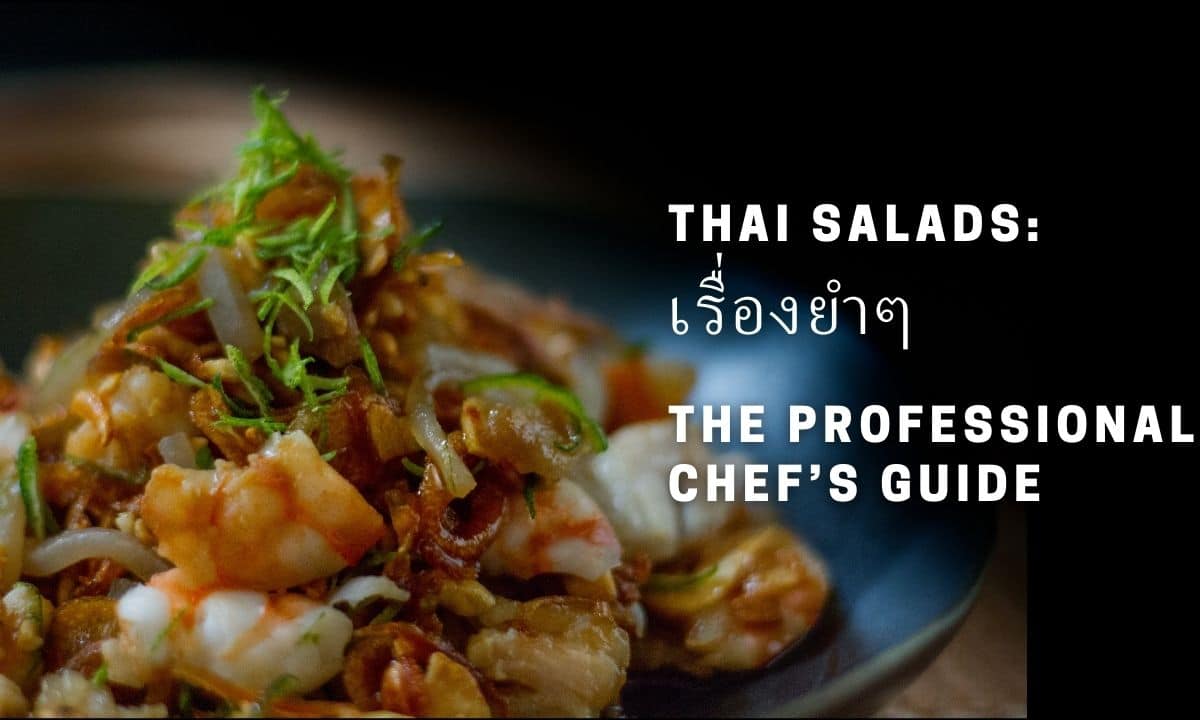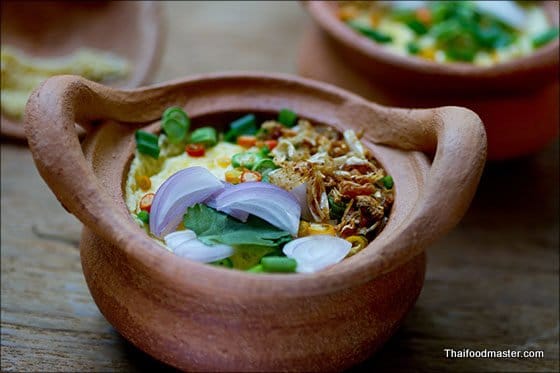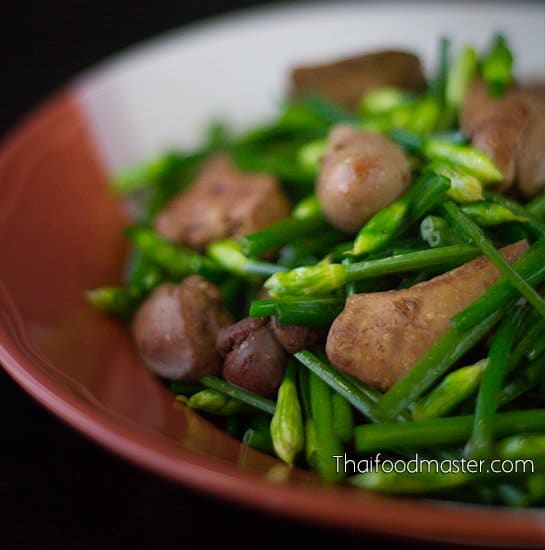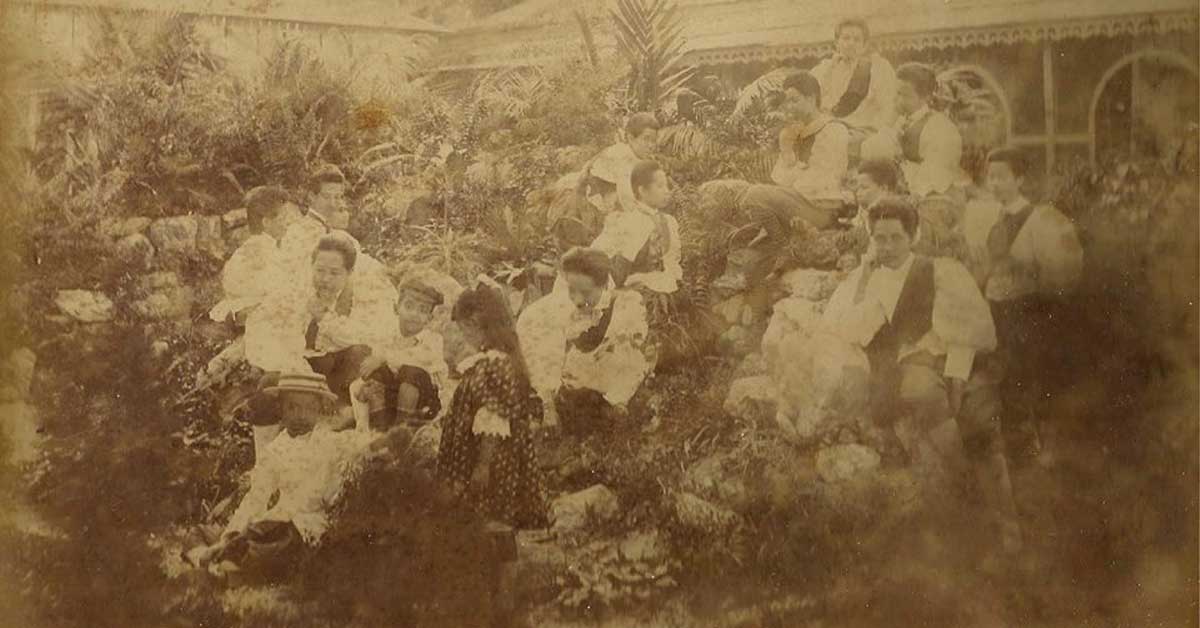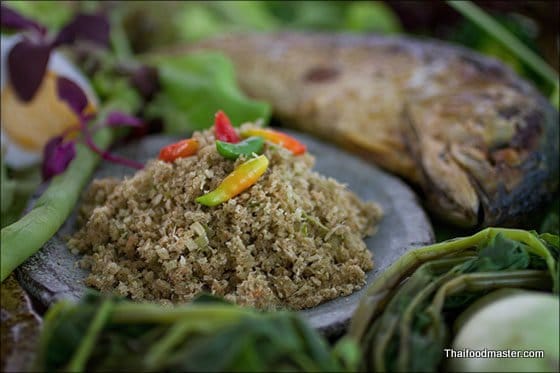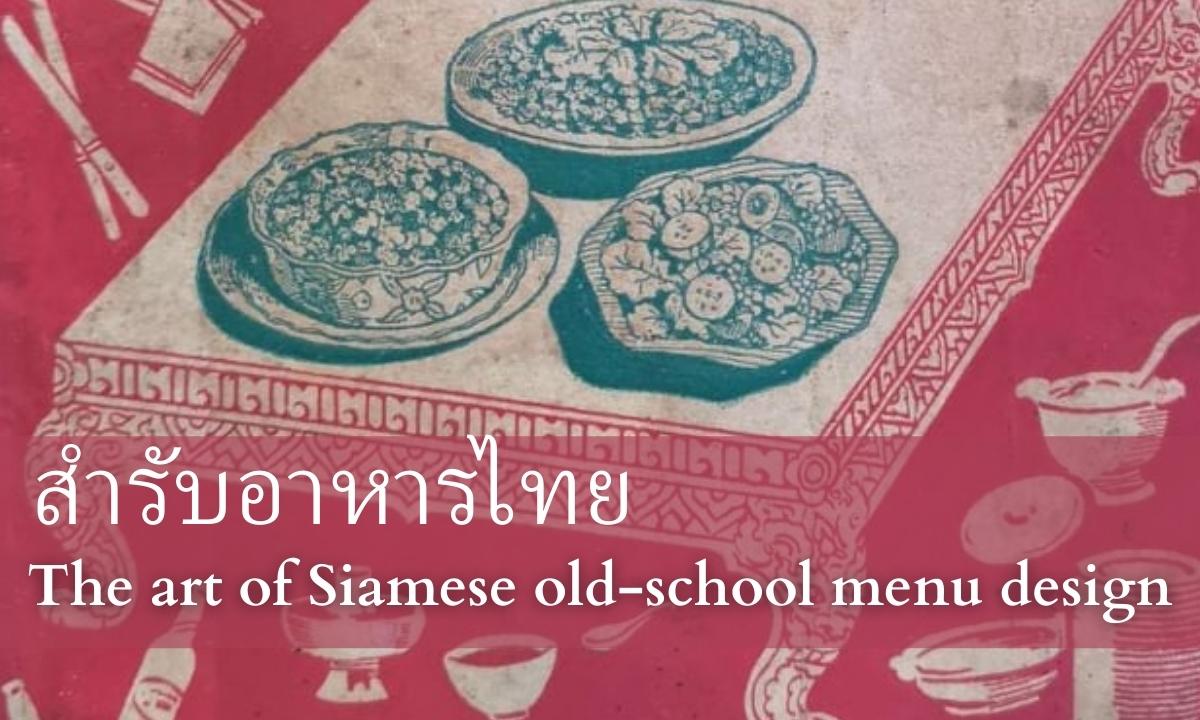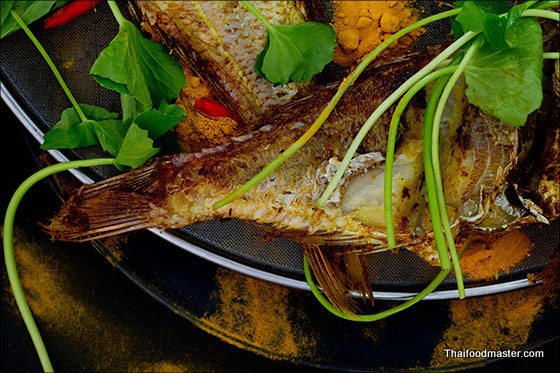
[expander_maker id=”3″]
Young shoots are eaten raw as a side dish or cooked in curry. It is available year-round.
Scandent shrub, c. 2 to 4 m tall, prickles sparsely disposed on the branches, usually below the nodes, broad base, recurved. Leaves palmately compound, alternate; petiole up to 5 cm, flattened above, with a slightly dilated base, few prickles; leaflets 3 -5; petiolules up to 8 mm, articulated with the petiole, channeled above; blade up to 3.5 by 2.3 cm, broadly ovate to subrotund, apex acute, base cuneate, margins serrate, chartaceous, glabrous, lateral veins conspicuous on both surfaces, pinnate, reticulation inconspicuous. Inflorescence terminating the main or lateral branches, a sessile compound umbel; primary rays 4-5, rarely solitary, slender (the laterals sometimes apparently male), with very small bracts at bases, occasionally with a few prickles, glabrous, 3-6 cm long; secondary rays (pedicels) numerous, slender, c. 1-1.3 cm. Calyx 5-lobed, teeth minute. Petals 5, ligulate, c. 2 mm long. Stamens 5, filaments c. 2 mm. Ovary turbinate, c. 1.5 mm long, 2-celled; styles 2, connate to about the middle. Fruit a spheroidal drupe, c. 5 mm across when dry, crowned by the persistent bifid style. [1]Japan International Research Center for Agricultural Sciences
Common shrub in montane forest and thickets, at 1,100-1,400 m above sea level. It is occasionally grown by the natives in the north of Thailand for young shoots.
The information on this website has been compiled from reliable sources, such as reference works on medicinal plants. It is not a substitute for medical advice or treatment and Thaifoodmaster does not purport to provide any medical advice.
[/expander_maker]
References
